Brisbane
Brisbane is a major agricultural hub northeast of Brisburgh with a troubled history. It was once known as the town of Hillsburgh, but that settlement was burned to the ground an the population massacred during the Greenfields War. It was rebuilt by the conquering Verdant Concordant and named Brisland as an insult to the former lords of the settlement in Brisburgh. Just ten years later it was retaken; during the War of the Crossing.
Today, Brisbane stands as a major center of trade for the agricultural heartland of the Kingdom of Brisland. A large amount of the agricultural produce of the kingdom occurs in the plains around Brisbane, and it is here that this produce is gathered, traded, and sent off by caravan to every part of the kingdom.
History
Prior to the Greenfield's War, the city now known as Brisbane was a thriving agricultural trade town called Hillsburgh. The town was the hub of much of the agricultural trade in the area and a main supplier of foodstuffs to the city of Brisburgh - and by way of that the entire Riverton Alliance. However, the final days of the Greenfield's War would see major changes for the settlement.
In 387 I.R., Concordant forces took the city of Hillsburgh just east of Brisburgh. The king of Halsingly sent dispatches to negotiate a surrender, using Hillsburgh as a mass hostage in the negotiations but agreeing to return control of the city if terms were agreed upon. The King of Brisburgh refused any offers to negotiate, instead swearing to march upon Halsingly itself. As a last act of desperation to end the long war, the Concordant trapped the entire citizenry of Hillsburgh inside the city and burned it to the ground. The Alliance sent the bulk of their army to reap retribution for this atrocity, but after they were soundly defeated on the field terms of surrender were negotiated. Following the the Concordant built a new town upon the ashes of Hillsburgh, naming it Brisbane to remind their western neighbors of the consequences of any future expansionist efforts.
One could hear the screams as Hillsburgh burned, even from leagues away. Smoke rose over the horizon. The army was camped to the east of the town. As the wind brought the smell of charred flesh in that direction, almost two thousand men silently agreed to break camp and moved to the southern fields. From the Chronicles of Bartholomew Eridias, 420 I.R.
Just ten years later - in the summer of 397 I.R. - the settlement once again changed hands under an armed occupation. Following the events of Gerald's Folly in 395 I.R., the Alliance and the Concordant were once again at war. After Gerald's Crossing was liberated by the allied forces of Northampton, Brisburgh, and Riverton; taking Brisbane from the Concordant was the first major objective of the War of the Crossing.
When the city was built upon the ashes of Hillsburgh by the Verdant Concordant, it was intended to serve as a military outpost as much as a trade hub for the western reaches of the growing nation. As such, it was fortified with walls, towers, and a keep. Stone was in short supply in the area, and as the city was built with an urgency to be completed quickly, local resources were utilized in the fortification. The walls had stone foundations that reached a height of about six feet, but beyond this they were topped with wooden palisades. The towers and the keep, as well, were constructed of wood.
During the Battle of Brisbane, Alliance forces easily took down the walls using a variety of siege engines. Large catapults flung enormous stones into the walls, easily tearing them down. Fire was also set to sections of the walls, and a large portion of the city was set alight during the battle as a result. While this battle did not end in a civilian massacre like the one ten years before it, the devastation in both life and property was still profound.
Following the liberation of Brisbane, the forces of the Alliance set to work rebuilding the city. The local population was given the option to flee to the Concordant heartlands along the Verdant River, but most of them chose to stay. They had made lives here, and cared little for whose flag flew over the keep.
Home is defined less upon the banners the fly overhead and more by the dirt under one's feet. Baeleron Marcovici
With the Unification and founding of the Kingdom of Brisland in 415 I.R., Brisbane found itself in the heartland of what many would consider a small empire - as opposed to being on the border of two warring kingdoms. The city fell under the purview of the Duchy of Brisburgh, and with the infrastructure and resources of the new Kingdom the city grew. The existing fortifications were rebuilt and improved upon, with new stone walls, towers, and even a stone keep. While the fortifications should not be necessary in its new position, there were still concerns at the time of the east rebelling against the new-found crown. To this day, many who live in the countryside around Brisbane are thankful that should war ever break out in their lands, they will have a protected city to which they can flee.

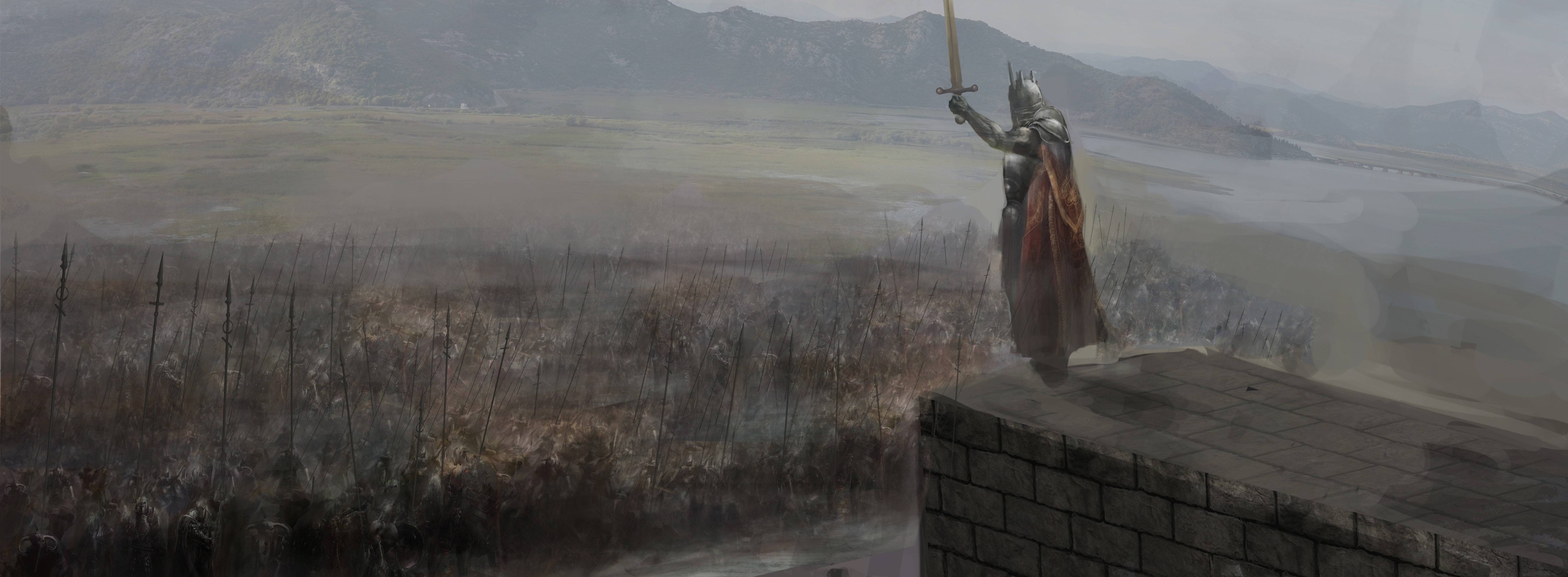
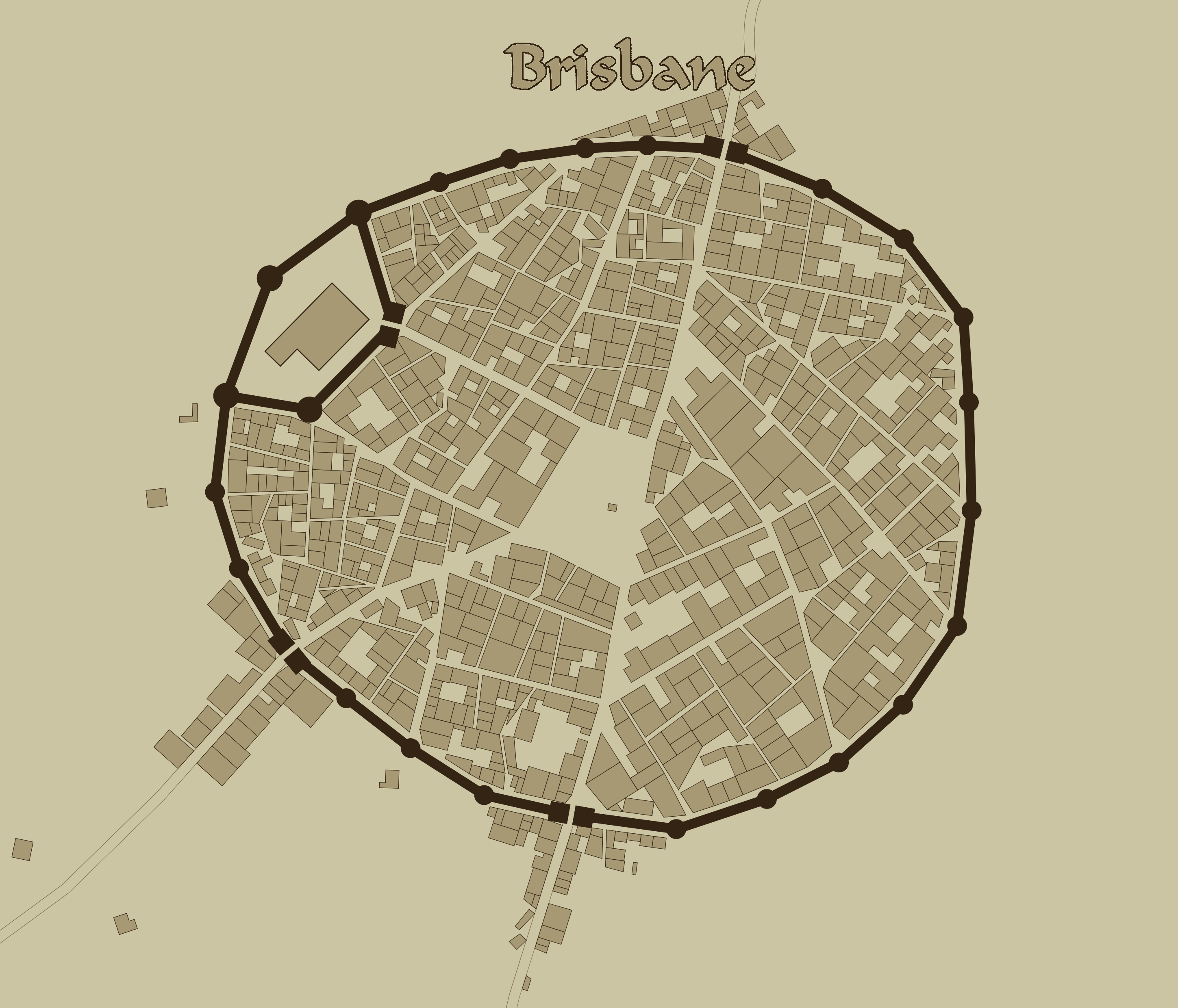
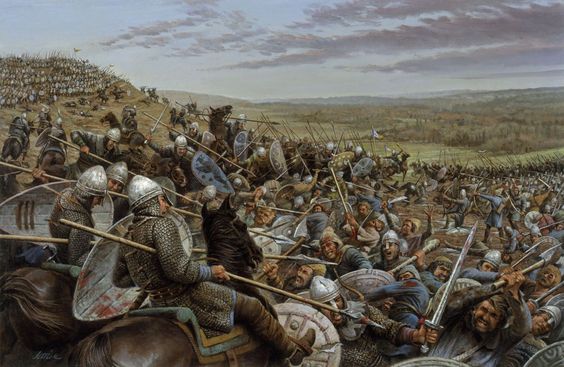
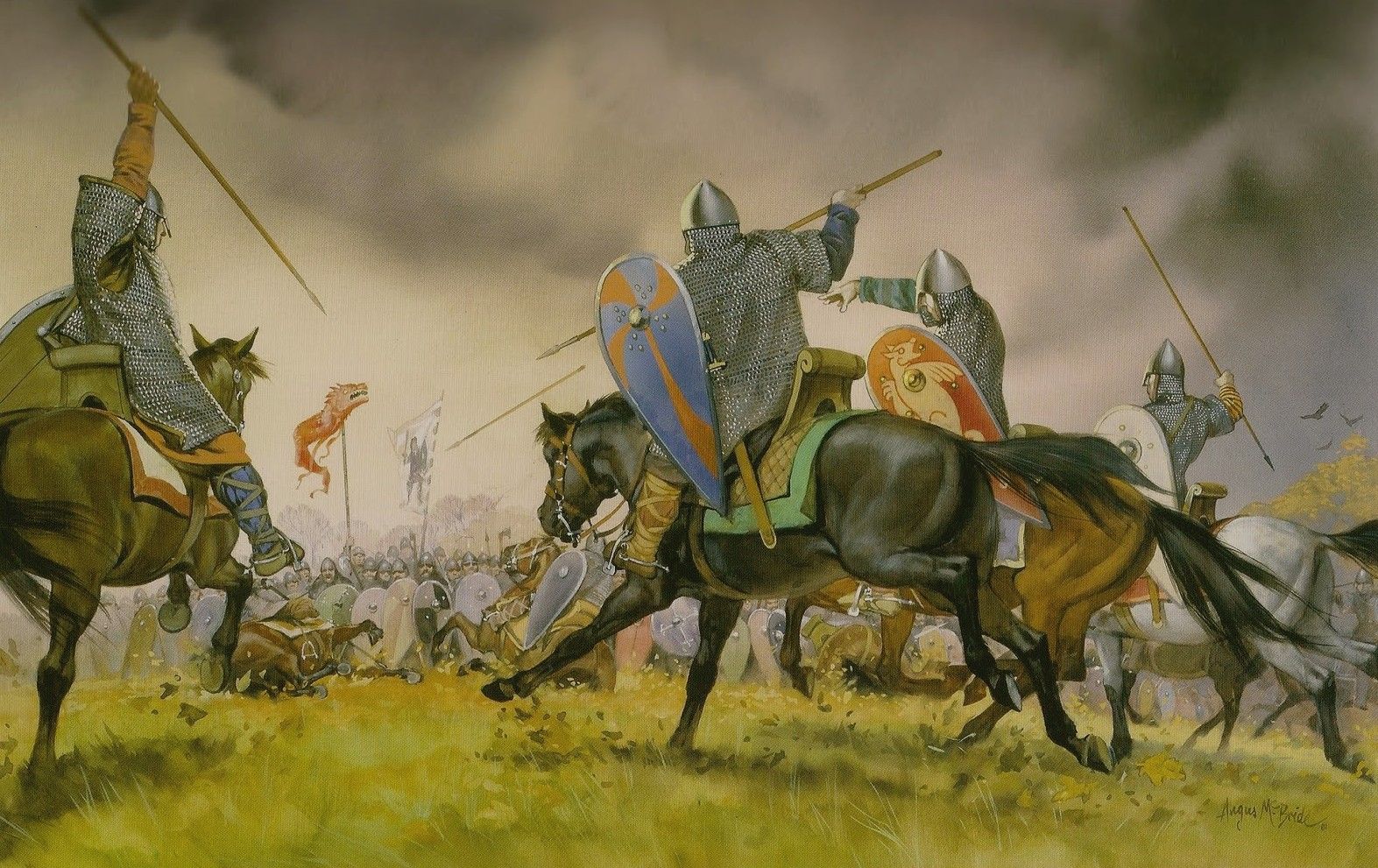
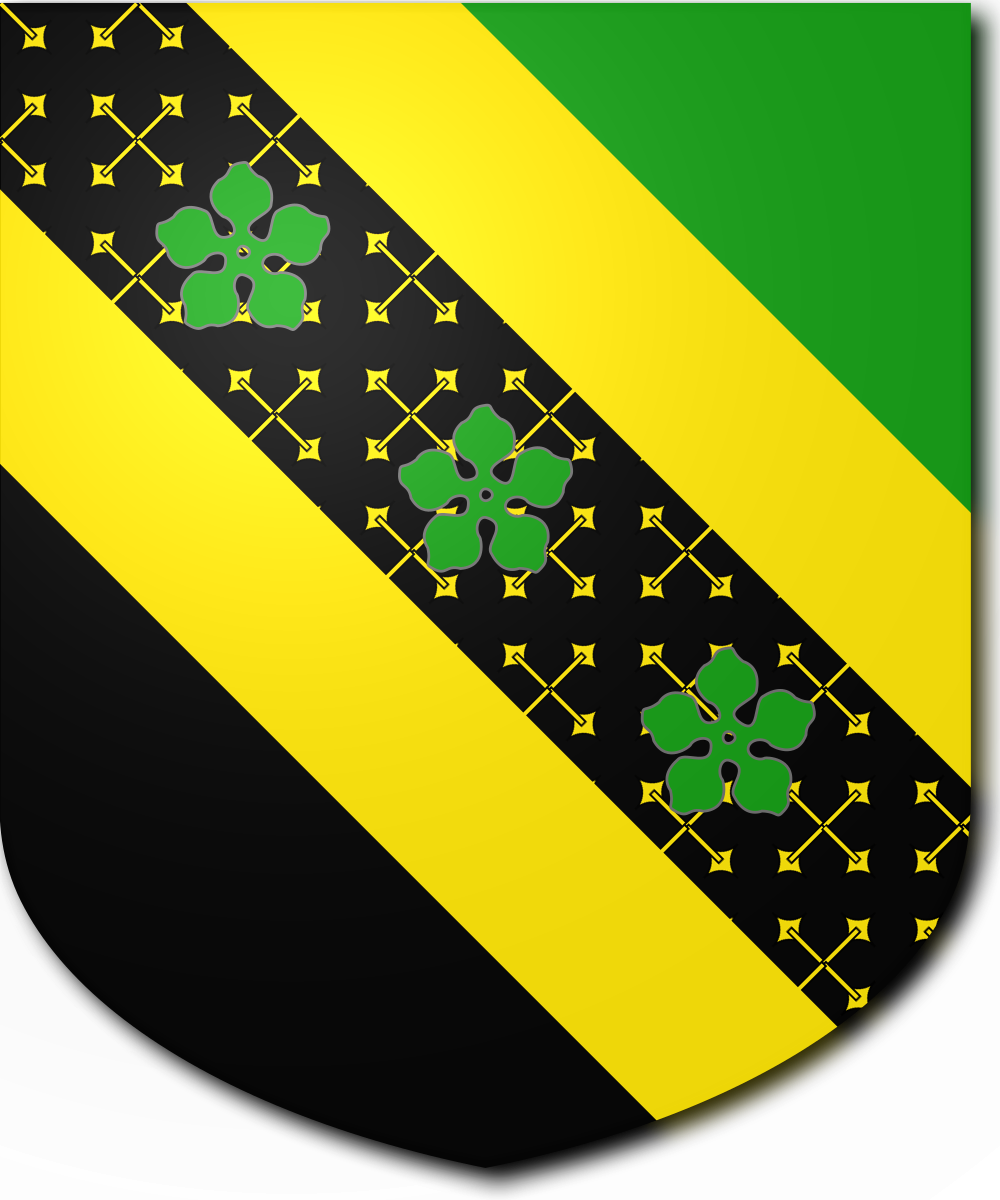







Comments